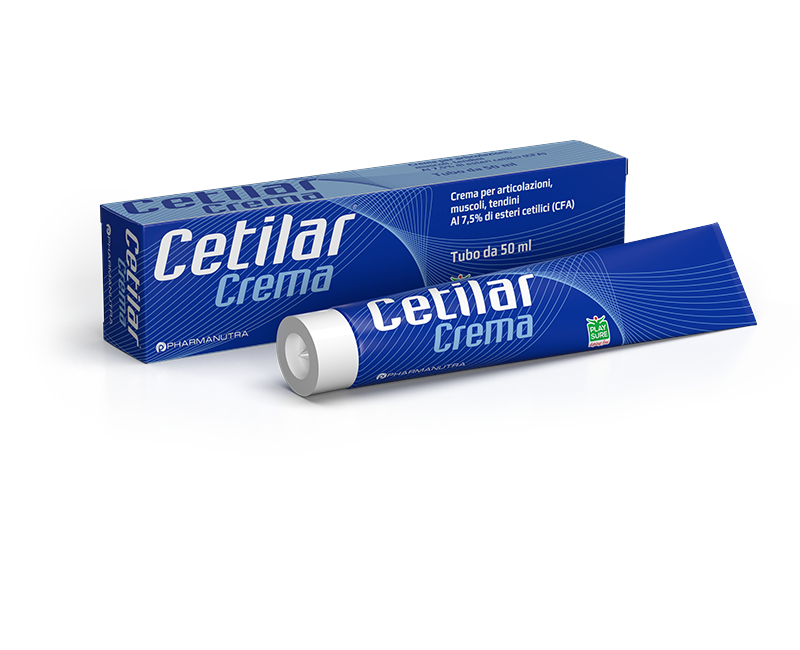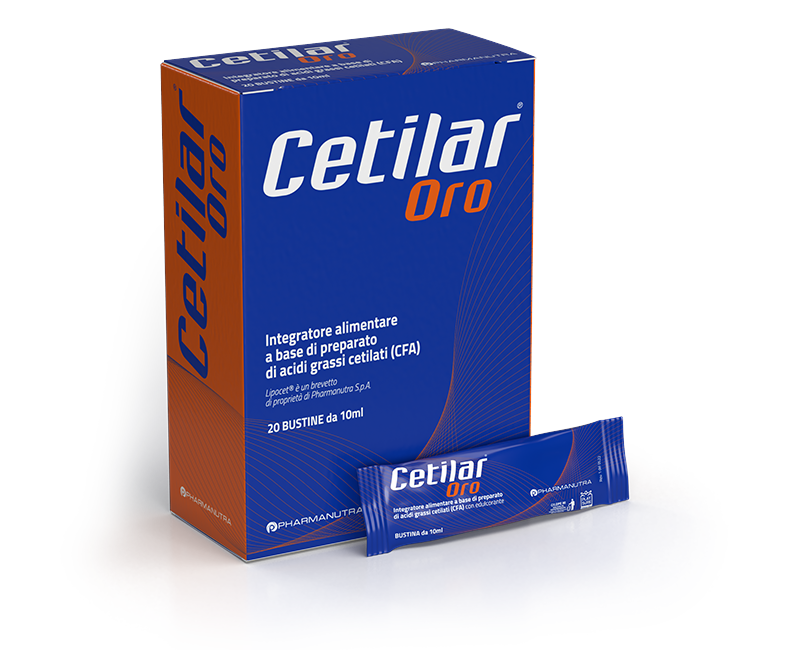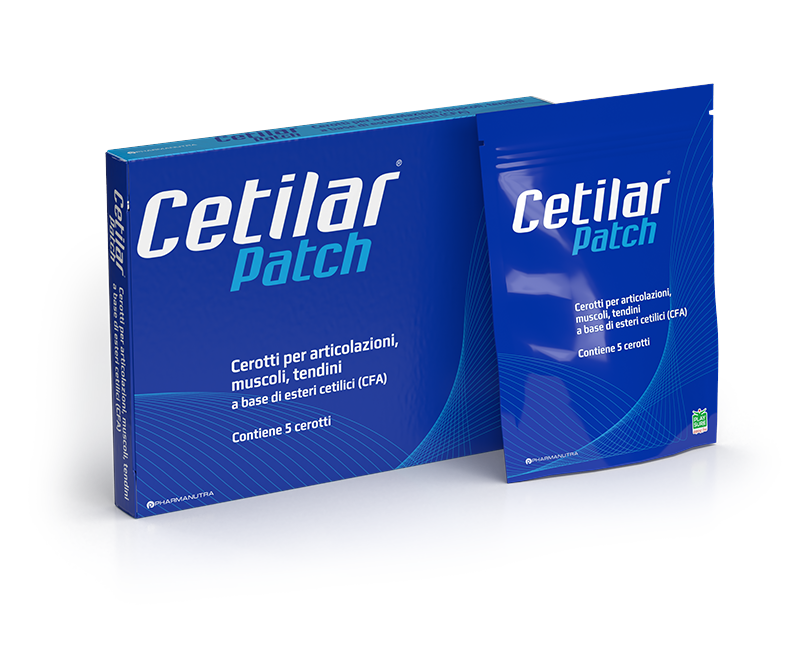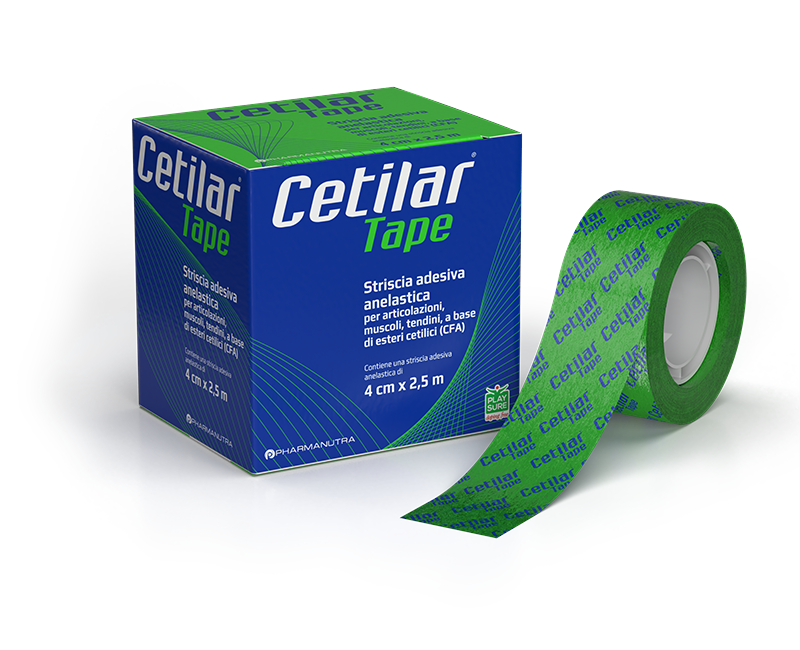Rheumatism and rheumatic diseases: symptoms and treatments
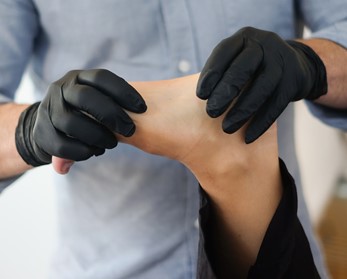
Rheumatism refers to conditions that cause chronic pain which affects the joints and soft tissues. Rheumatic diseases, the cause of rheumatism, are systemic disorders which simultaneously compromise physical, social, and mental well-being. Let’s look at some of them in detail.
Precisely because of its highly diverse nature, treating the disease and the patient-faced approach must take into account the patient as a whole through a multidisciplinary approach. The involvement, in some cases, of different professional figures, the individual and personalised rehabilitation programme, and the multiplicity of interventions therefore make it difficult to define precise guidelines based on scientific literature. What is certain is that the patient must be placed at the centre of the rehabilitation process and his or her needs and expectations must form the basis of the rehabilitation programme.
What are rheumatic diseases?
Rheumatic diseases, also called musculoskeletal diseases, of which there are hundreds, each with very different characteristics and symptoms.
The most common rheumatic diseases are:
- Rheumatoid Arthritis (RA)
- Fibromyalgia syndrome (FMS)
- Ankylosing spondylitis (AS)
Rheumatoid Arthritis (RA)
Rheumatoid arthritis is a chronic inflammatory rheumatic disorder, mainly involving the joints, where the inflammatory process has an erosive nature and may lead to destruction of the articular surfaces.
Moreover, the periarticular structures (tendons, tendon sheaths and serous membrane) are frequently involved. In addition to the joints and periarticular structures, the disease may also affect blood vessels, the lungs, heart, kidneys, muscles, and peripheral nerves. This does not happen frequently, however the prognosis of the disease is much worse when it does occur.
The fact that approximately 50% of rheumatoid arthritis patients have to give up work after 10 years of illness is testament to the severity of the disease.
Rheumatoid arthritis affects around 1% of the population, with an incidence of 2-4 new cases per 10,000 adults per year. Women may be more affected, with a ratio of 4 to 1 compared to men.
The causes of this disease are not yet fully understood. The hypothesis is that the immune system is responding to as yet unidentified antigens, which results in an inflammatory process in a person with a genetic susceptibility to autoimmunity.
Often, the onset is insidious, with widespread joint pain with periods of exacerbation and remission that may last for months or years before becoming chronic. In addition to pain, some patients may present other symptoms such as rheumatic fever, asthenia (body fatigue and tiredness), weight loss, and myalgia (muscle pain).
Making a diagnosis in the advanced stages is easy, after the disorder has caused characteristic alterations in the joints. It is more difficult in the early stages where the alterations are still minor.
In general, rehabilitation takes different forms depending on the level of progression of the disorder:
- Rehabilitation in acute stages: reducing pain and inflammation through rest, medication, physical therapy, and maintaining muscle tone through physiotherapy.
- Rehabilitation in sub-acute stages: as soon as a reduction in the inflammatory component has been achieved, joint and muscle function must be restored. Therefore, we proceed with active and passive work on joint mobilisation and muscle strengthening. Aquatic therapy and global postural re-education are also highly useful in this stage. In addition, therapies such as Transcutaneous Electrical Nerve Stimulation (TENS) and TECAR may help the patient.
Fibromyalgia Syndrome (FMS)
Fibromyalgia is a common disorder which presents complex symptoms where, even today, treatment results are relatively unsatisfactory. It is characterised by widespread, chronic musculoskeletal pain, the presence of tender points and a variety of accompanying clinical symptoms. In fact, many fibromyalgia patients experience fatigue, sleep disturbances, stiffness, depression, anxiety, and intolerance to physical activity.
Here are a few features of this disorder:
- Fibromyalgia is a disorder characteristic of middle age, with a higher prevalence in those between the ages of 40 and 60.
- Over 80% of patients are women.
- The cause of Fibromyalgia remains unknown to this day. Hypotheses include metabolic abnormalities in the muscles, altered sleep patterns, modifications in the central nociceptive system (i.e. how the brain perceives pain), hormonal changes, and others.
- The main symptom is widespread chronic pain. Phrases commonly used by patients to describe their symptoms are “I hurt all over”, or “anywhere I touch hurts”.
- Different drug therapies are used by doctors depending on the objective they wish to achieve, ranging from muscle relaxants to sleep regulation medications, from antidepressants to non-steroidal anti-inflammatory drugs (NSAIDs).
How is it treated? The rehabilitation program includes a number of proposals, again depending on the main objective: aerobic activity, aquatic therapy, energy therapy such as TECAR or LASER, massage therapy, acupuncture, hypnotherapy, cognitive-behavioural techniques, and others.
Ankylosing spondylitis (AS)
Spondylitis is a general term used to describe the presence of an inflammatory process in the spinal column. Ankylosing Spondylitis is a chronic inflammatory rheumatic disease that mainly affects the spinal column and sacroiliac joints at the sites of insertion of tendons, ligaments, and joint capsules on the bone. This disease is characterised by a progressive calcification of the ligaments with stiffening of the spinal column, which irreversibly reduces the function of the spine and results in a significant reduction in social interaction and work disability.
Here are the main aspects of the disease:
- During the 1950s, it was thought to be a rare disease, with the majority of cases presenting in men. Today it is more common, at least in part due to a greater accuracy in making a diagnosis.
- The onset of the disease occurs, usually, between the ages of 20 and 30. However, juvenile forms in children and late-onset forms (50-60 years of age) have been described, especially in women.
- Symptoms may initially be nuanced, involving painful flare-ups in the lumbar spine which tend to subside in a few days.
- Other early manifestations may also be recurrent tendinopathies (pain in the tendons), most frequently localised in the heel, hips, pubic area, or rib cage.
- Sacroiliac joint pain is dull, continuous, and localised in the sacrum with posterior radiation into the buttock and thigh.
- A clinical diagnosis is based on several signs and symptoms characterised by unilateral or bilateral sacroiliitis in association with one of the following criteria: inflammatory lower back pain for at least 3 months; a limited range of movement of the lumbar spine; a reduction in thoracic expansion.
- Ankylosing spondylitis is also characterised by the fact that the pain also occurs during periods of rest and throughout the night. It can also be very intense in the morning and improve over the course of the day.
- Given the limited effectiveness of drug therapies, an approach which includes both physiotherapy and rehabilitation is crucial for these patients.
The objectives of rehabilitation are as follows: improve aerobic fitness; improve overall health; improve spine mobility; improve posture; reduce pain; improve thoracic expansion; reduce stiffness.
Therefore, physiotherapy combined with exercise is the most common strategy. Several physical therapies such as TENS, magnetic field therapy, and TECAR can also be effective supports for physical exercise.
Conclusions
Patients suffering from rheumatism caused by a rheumatic disease may already suffer significant disability, even in the early stages of onset. The therapeutic approach to a rheumatic disorder must be multidisciplinary and, in addition to drug therapy, include a suitable rehabilitation programme in which therapeutic exercise is the cornerstone of treatment.
